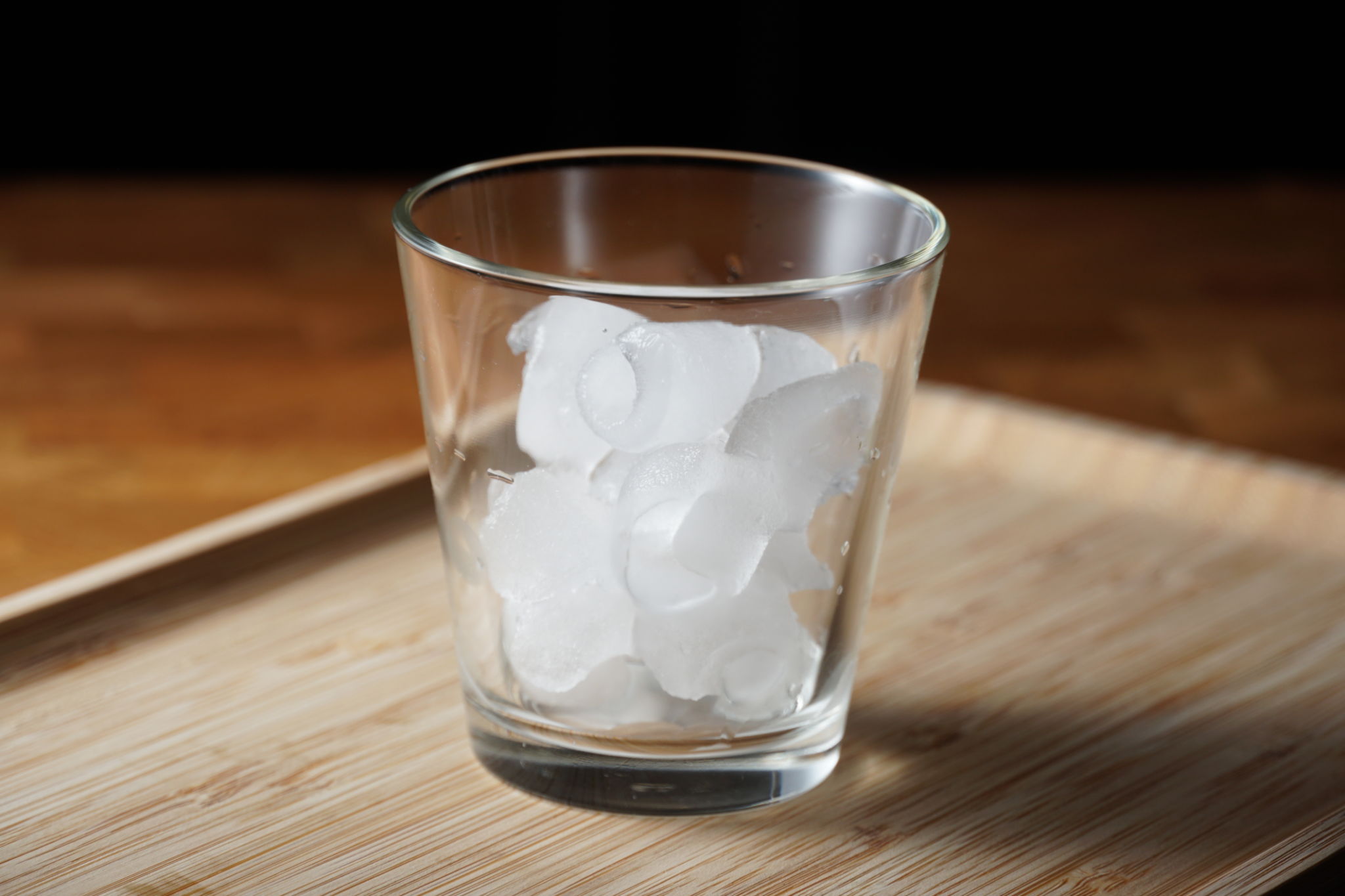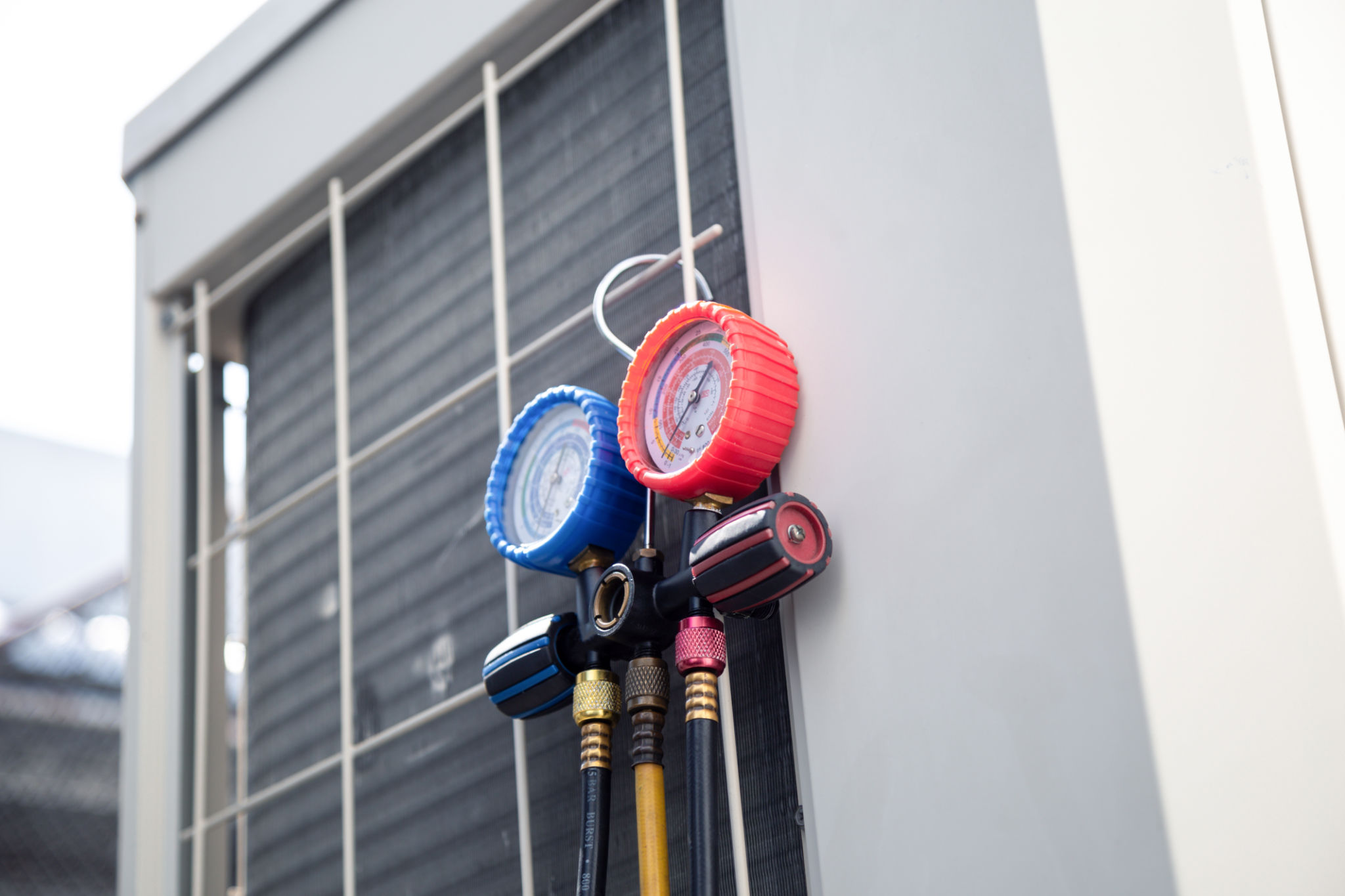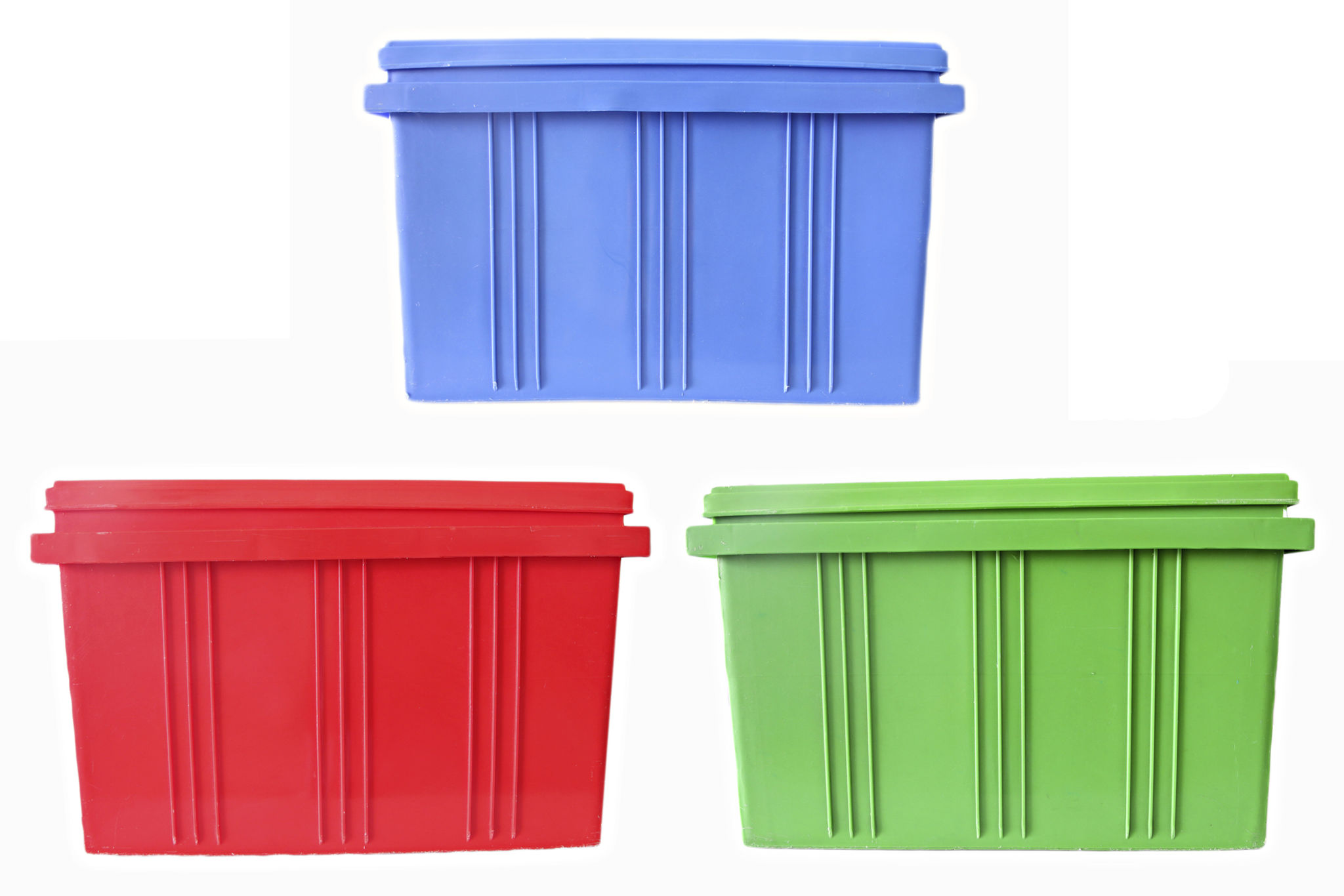DIY Tips for Maintaining Your Custom Tray: Expert Advice from Oaks Engineering
Understanding the Basics of Custom Tray Maintenance
Custom trays are essential tools in various industries, from manufacturing to medical fields. Ensuring their longevity and optimal performance requires regular maintenance. At Oaks Engineering, we believe that maintaining your custom tray shouldn't be a daunting task. With just a few simple steps, you can keep your trays in top condition and extend their lifespan.
The first step in maintaining your custom tray is understanding its material composition. Different materials require different care techniques. Whether your tray is made of plastic, metal, or composite materials, knowing what it's made from will guide you in choosing the correct cleaning and maintenance products.

Regular Cleaning Techniques
A consistent cleaning routine is crucial for maintaining your custom tray. Begin by removing any debris or residues after each use. Using a soft brush or cloth can help prevent scratches on the tray's surface. For deeper cleaning, consider using a mild soap or detergent mixed with warm water.
It is important to avoid using harsh chemicals or abrasive cleaning tools, as these can damage the surface of the tray. Instead, opt for non-abrasive sponges and environmentally friendly cleaning solutions to keep your tray in pristine condition.
Inspecting for Wear and Tear
Regular inspections are vital for identifying signs of wear and tear early. Look for cracks, discoloration, or any form of damage that could affect the tray's performance. Addressing these issues promptly can prevent further deterioration and costly replacements.
If you notice any damage, consult with a professional to determine the best course of action. Sometimes, minor repairs can be done at home, but other times it may require expert attention to ensure safety and efficiency.

Proper Storage Solutions
Storage plays a significant role in maintaining your custom tray. Ensure that trays are stored in a dry, cool place away from direct sunlight and extreme temperatures. This prevents warping or damage caused by environmental factors.
Using protective covers or containers can also shield your trays from dust and accidental impacts. If stacking trays, be sure to place softer materials between them to prevent scratches and dents.

Ensuring Longevity Through Routine Maintenance
Routine maintenance goes beyond cleaning and storage. Consider scheduling regular professional check-ups for your custom trays. These evaluations can provide insights into potential issues that might not be visible during standard inspections.
Additionally, keeping a maintenance log can help track the condition of your trays over time. This log should include cleaning dates, inspection results, and any repairs conducted. Such records are invaluable for ensuring that your custom trays remain in optimal condition.
Expert Advice from Oaks Engineering
At Oaks Engineering, we pride ourselves on providing expert advice for all your custom tray needs. Our team is always ready to assist with personalized recommendations tailored to your specific requirements. Remember, proper maintenance is not just about extending the life of your trays but also about ensuring safety and efficiency in their use.
By following these DIY tips and integrating them into your regular maintenance routine, you can enjoy the benefits of well-maintained custom trays for years to come. For more information or assistance, feel free to reach out to our experts at Oaks Engineering.
